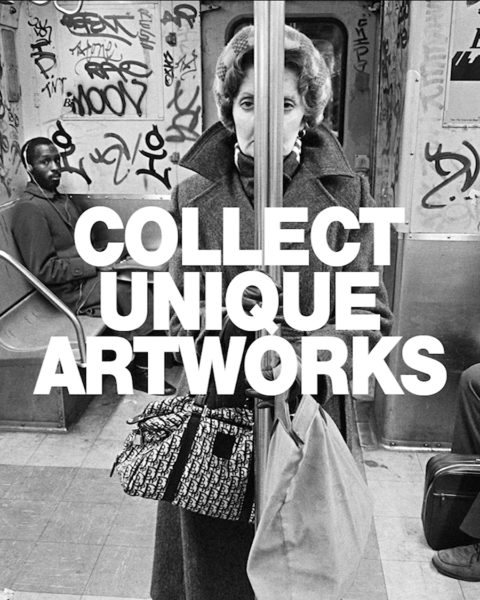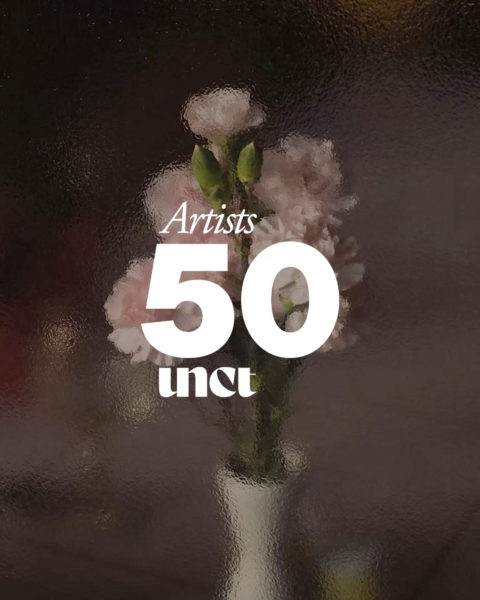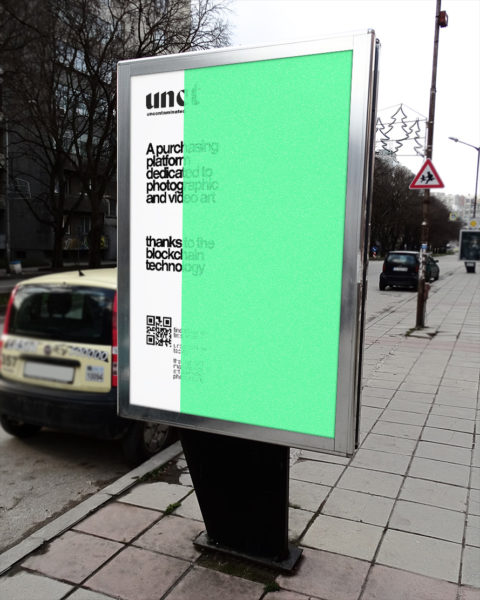With all that’s been happening with the boom of NFTs in the last year a lot of people have been questioning whether they are just a bubble tied to the rise of cryptocurrencies and the rise of digital art in general. However, recent changes on the scene show that NFTs are entering the ‘traditional art system’ through legitimized auctions, exhibitions, and certified platforms.
It may have all started as a technological experiment, giving headway to digital art and allowing impromptu creatives to make a quick buck. However, with the caliber of artists such as Damien Hirst creating his very own NFT series which sold out overnight, it’s clear that NFTs are here to stay. An entire magazine dedicated to the topic ‘The NFT Magazine’ has just been distributed and is receiving wide acclaim.
Whereas, art Basel introduced its very own NFT section the question has been whether museums will recognize and distribute NFTs. Well, the answer is yes, as in the Uffizi Museum in Florence sold an NFT authenticated digital rendition of Michelangelo’s “Doni Tondo,” and the Hermitage Museum in Saint Petersburg has initiated plans to auction some of its most renowned masterpieces as NFTs. Recently, the British Museum announced plans to sell NFTs of 200 Hokusai artworks in tandem with its upcoming exhibition.
This all seems to point in the direction of a ‘Hybrid System’ where consolidated institutions will employ blockchain technology as a means to an end, that of distributing art across all areas, digital and physical, accessible to all and up to the times with technological transformations.
On the other spectrum, platforms such as uncontaminated.co establish progressive possibilities that NFTs provide for the art world such as a robust way to establish the provenance of artworks and to facilitate long-term resale royalties for artists. If artists and collectors have doubts about the ‘value’ of an NFT compared to a material work of art, this line has been crossed as in effect NFTs are a natural step in the evolution of contemporary art in sync with our digitally driven lives as well as representing an:
“Intersection of technology, finance, and culture with the potential for innovation and social impact that goes beyond the market speculation”.
Cultural institutions, therefore, need to ask themselves this main question: How do they engage with digitized art? By shedding their bias for acquisition and ownership of objects and focusing on what really makes their works of art socially relevant and how to exhibit in an innovative way. The future may see more and more institutions partnering up with digital platforms in order to achieve this.
Whitworth Art Gallery is an example, which included the William Blake NFT project. It sold a limited edition of multi-spectral imaging of the artwork. They also chose a blockchain platform that had a much lower carbon footprint than other cryptocurrencies thus circumventing issues tied to sustainability, the overall project was a success.
For the traditional art market, NFTs not only present an opportunity to democratize fundraising but post-pandemic, museums and galleries also need to build communities online and develop digital revenue streams due to a loss in revenue, social distancing, and limited entrances and liberty of movement. Thus, NFT artworks and limited editions can tap into a popular trend of collectibles among Generation Z, Millennials, and inspired Avant-guard collectors, offering innovative and diverse possibilities.
‘Connectivity’ is the main issue at the moment, and if traditional institutions and innovative digital platforms work together to create a democratized widely accessible system all geared towards one main objective: that of promoting artworks, then both artists and collectors will benefit from this approach.






